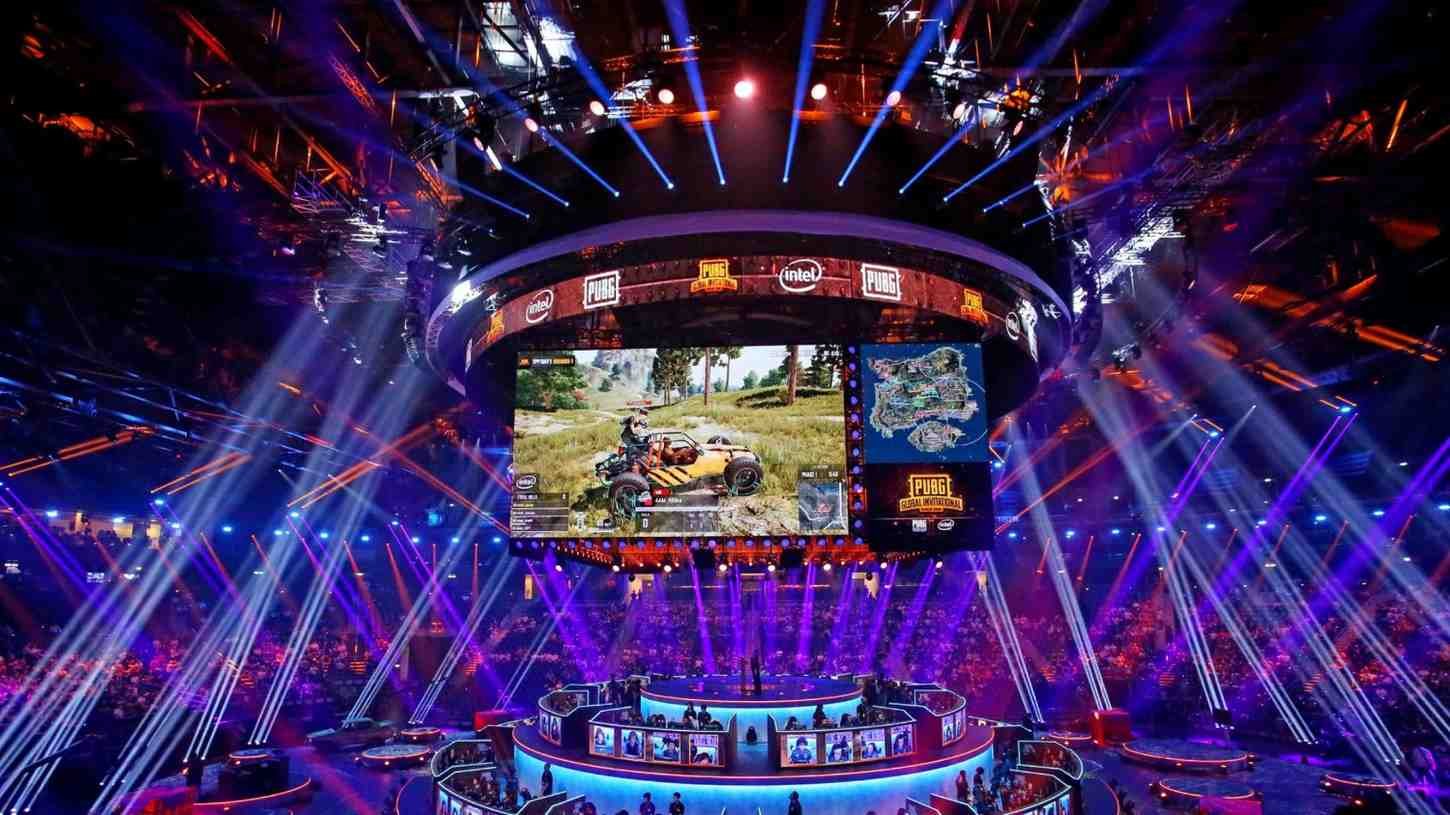Table of Contents
ToggleThe Era of Digital Competitions
Remember when this was something to do for unwinding after school? Ah, the simple joys of pixelated plumbers and blue hedgehogs. But hold on to your joysticks, because what started as really cool fun in the dingy basements of the ’80s has now grown into a major-league career. We mean esports—the adrenaline-charged universe where button-mashing novices are transformed into pro athletes.
Competitive gaming back in the day was more of a neighborhood business. Friends would huddle before CRTs trying to crack high scores in games such as “Pong” and “Space Invaders.” It was just the humble beginning of what has since morphed into global hullabaloo. Littling did anybody suspect that these digital duels would evolve into a billion-dollar industry.
How did this all go from geeky night-owl tourneys to sold-out arenas and multi-million dollar prize pools? So buckle up, because the story of esports is thrilling and incredible.
The Birth of LAN Parties
Welcome to the 90’s: a great flannel, the great wave of plaid, dial-up internet, and LAN parties, which in some sort of social get-together brought home the added dimension of a strange tapestry of cables that strung across the jungle to connect the PCs littered around the room while people played Quake or StarCraft into the night.
The LAN parties presented a lot more than just a gathering of people taking it as a way to spend a pleasant weekend. These were the birthplaces for the esports culture, where gamers share the experience, tips, and tricks, and a sweet taste of victory. The events then laid the foundation for what we are nowadays used to: organized large-scale tournaments.
This continued as internet speeds were advancing. Players were now able to start playing against each other on the Net, which really smashed any geographic boundaries and fostered a competitive scene that stretched far beyond the bounds of localized communities.
The Internet: Agent of Change
That is when, in every sense of the word, high-speed Internet became really the game-changer. From then on, competition just went through the roof and gamers could very well compete with others from every corner of the world, right from the comfort of their room. That increased competition that was large in nature.
Platforms like Battle.net, then Steam, integrated gamers in a network wherein they could meet and fight one another. Thus, with such a form of gaming becoming scarcer and scarcer, competitive video games struck the general public mind. Competitive gaming was no longer just a fringe hobby but an emerging form of entertainment with huge potential.
The Internet also led to services like Twitch, where gamers were able to broadcast their play live to thousands of people. Now, this would set esports right into popular culture.
The Birth of Professional Esports
Within just a matter of years, at the turn of the millennium, what began as little more than a pastime was slowly but surely developing into a multimillion-dollar business in the world of esports. Major competitions, such as the Cyberathlete Professional League and the World Cyber Games, began to be staged, offering huge, potentially life-changing prize funds and gaining sponsorship from some of the world’s foremost big-brand companies.
Teams emerged with star players, most of whom were professional athletes that trained as such. More or less, many of such teams were sponsored, which means that players could, in a way, attain financial support and other resources that would allow them to try out their game. Setting up such competitions and leagues brought more legitimacy and structure into this world of e-sports.
And what is often said is that this gives rise to professional eSports itself: the threshold in which gaming skills began to be appreciated and paid for on a global scale. No longer were gamers seen as slackers or people in dirty clothes; they were athletes in and of themselves, competing on the greatest levels of their craft.
The Power of a Sponsorship
It was not long before it became apparent that, in fact, just like any other trend, even brands had their eyes on esports. For the likes of Intel, Nvidia, and Red Bull, the potential market of a budding young technologically savvy audience presented itself with opportunities only available in esports sponsorships. In addition to the financial aspect, the sponsorships helped in boosting the profile of competitive gaming.
Sponsorship deals went from hardware and software contracts to very lucrative endorsement agreements involving deals with money. These showed who the best players and teams were since they allowed teams to survive by gaming alone. This also allowed organizers to throw even bigger, glitzier events with high production values and enormous prize pools.
Sponsorships legitimized esports in the eyes of the mainstream. When these large brands showed interest, everything changed: wide media coverage became everyday matters for these esports events, which really brought the industry into the limelight.
Game Design Has Been in an Evolution
Before long, developers realized that designing games for competitive playing was going to be a gold mine; around this same time, titles like “League of Legends,” “Dota 2,” and “Counter-Strike: Global Offensive” had, from the outset, been designed to support an ecosystem based around esport—with all the features to encourage competitive gaming, modes for spectators, and updating the game consistently enough to keep the meta fresh.
Game design turned to priorities such as balance, skill ceiling, and what elements would be interesting for people to see. These games have to be fun both to play and watch. Such a focus shift contributed to a better level of viewer participation, both among developers and within the esports community.
But then something else happened: developers started creating their own tournaments and leagues. Two of the best examples are the League of Legends Championship Series by Riot Games and The International by Valve. They simply redefined the quality of production that the bar needed to be, along with redefining the amounts in the prize pool. That bar was high, but the community followed.
The Spectacle of Live Events
Competitive video gaming has come far from dingy basements through overcrowded living rooms. This day and age, they’re held in massive arenas, attended by thousands in person and draw millions more online. Literally Spectacles of another kind. Many live events feature professional lighting, sound-boards, and even pyrotechnics.
The air is electric in those tournaments, with fans putting on their favorite jerseys, waving signs, and cheering for their favorite players and teams on that virtual battlefield. The hype is real; nothing is close to any traditional sporting event. That amount of energy has been essential in making esports official.
Mainstream media has also begun to look at the success of live events. Networks like ESPN and the BBC have actually started to broadcast major tournaments — blurring the line between esports and traditional sports even further.
The Power of the Streamer Platforms
If you really think about it, Twitch isn’t just about watching people play video games. How much streaming platforms have changed the way the average person is able to access and watch esports content is amazing. They, for example, offer the most direct method for fans to view games while they’re being played. Fans gain access to watching games live, following those star players, and socializing with like-minded fans en masse.
The rise of streaming has also provided new forms of celebrity: the streamer. Such popular personalities, with audiences reaching millions, can personally be worth millions because of their subscriptions, donations, and sometimes even sponsorships. Most of the time, these streamers are professional players as well, which blurs the definitions of content and competition.
The democratization of esports creates a huge audience across all sections, making it mainstream with anyone having an internet connection able to access it.
Esports in Global Perspective
Esports is no longer a sport for just a few countries; it is very much a global thing. Every key region in the world, particularly South Korea, China, and Europe, most likely have already established such a great big esports ecosystem with leagues, teams, and star players. An example of such international competitions is the League of Legends World Championship and the Dota 2 International.
South Korea, for one, became a leader in esports. This country has its own esports stadium and a number of government-to-corporate entities showing support for the practice, as well as a culture in which gamers are seen as proud professionals. This is the benchmark for other regions to manage into nurturing their own esports scenes.
This is one big chance to make a change in culture for all peoples of the world by means of esports. It gives competitors from different backgrounds the opportunity to compete at an equal level with others and to share a community of interest. In this respect, internationalization is so strong a driver that it leads to the immense growth of esports.
The Future of Esports
So, what is the future of esports? If current trends are anything to go by, there is no way but up. On top of this, with the way technology keeps evolving hand in hand with virtual and augmented realities, the future of both playing games and watching them is a notch higher. Maybe it’s being able to dimensionalize a new dimension as you sit in on a tournament—literally sit in and see from the view of your favorite player. Or, at least overlay real-time stats right in front of you.
It is, therefore, very natural that educational institutes are also moving along this trend and offering scholarships and degrees to further build careers out of esports. This brings forward a whole breadth of new career opportunities, from coaching to management and on to broadcasting and marketing.
That is unless it is introduced in the Asian Games and recognized by the Olympic Federation in which case, e-sports are just on the brink of being accepted as one ordinary athletic discipline. More than that, the process of hobby turning into professional activity will have been completed and the future of competitive entertainment rewritten in the pages of the e-sports story.
This is the growth of esports: from great passion, community, and innovation to realizations. It was born with a humble pastime and eventually scaled into a multibillion-dollar industry with unprecedented opportunities, which I could hardly dream of a decade ago. Next time someone is rolling their eyes at the idea that one can make a living playing video games, remind them it is not just a game—it is a career.




